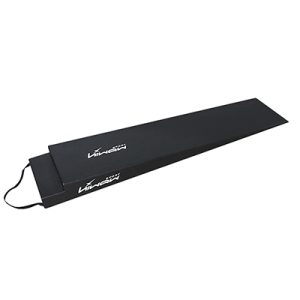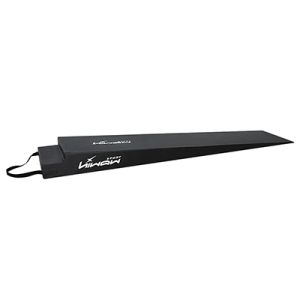To determine the maximum load and maximum slope allowed for a car ramp, several factors need consideration:
- Maximum Load: This depends on the design and materials of the ramp. Typically, ramps are designed with specific weight capacities which should be clearly indicated by the manufacturer. Exceeding this load could lead to structural failure or safety hazards.
- Maximum Slope: The maximum slope or gradient of a car ramp is crucial for safe vehicle movement. For general accessibility and safety, ramps often adhere to standards that recommend slopes not exceeding 1:12 (1 unit of rise for every 12 units of horizontal run) for public access and up to 1:8 for private car ramps, though local regulations and building codes may vary.


To determine the exact specifications for your specific car ramp (such as its maximum load and slope), it’s best to refer to the manufacturer’s documentation or specifications provided with the ramp. These documents should outline the safe operating limits and recommended use guidelines.
We are the first factory in China to produce this type of product. We can produce according to any size of yours, and we can OEM for you. If you have any information about this market, please remember to welcome us to communicate.









